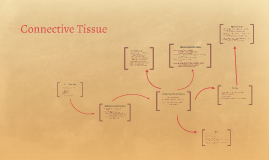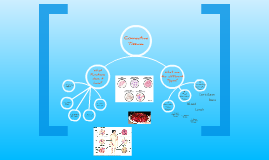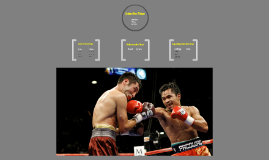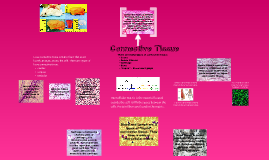Connective Tissue
Transcript: Classification of Connective Tissue Hyaline Cartilage--low amount of collagen gives a shiny and translucent appearance --found in support rings of respiratory tubes Fibrocartilage--strongest and most durable cartilage; serve as shock absorbers --found between vertebrae and in the knee joint Elastic Cartilage--few collagen fibers, but large numbers of very fine elastic fibers for high flexibility --found in inner ear and voice box (larynx) Cartilage Fibrous--extracellular fibers Bone--fibers and hard mineral GROUND SUBSTANCE Cartilage--fibers AND traps water to form firm gel Blood--lack of fibers Types of Cartilage Exists in liquid state= no ground substance or fibers liquid fraction: plasma formed elements: blood cells Red Blood Cells: erythrocytes (transport oxygen) White Blood Cells: leukocytes (destroy harmful microorganisms) Platelets: thrombocytes (blood clotting) --Transports nutrients, gases, and waste products; pH regulation --Formed in red marrow of bones Blood --Support --Support framework for the body as a whole & for individual organs --Connect --Connects tissues together --Muscles to muscles --Muscles to bones --Bones to bones --Transport --Blood (transports oxygen) --Defend --Against microorganisms and other invaders Fibrous Connective Tissue Functions of Connective Tissue --Consists of intercellular material called MATRIX Example: matrix of blood = plasma MATRIX can have three types of fibers: -collagenous: made of collagen and provide tensile strength -reticular: -made of a special collagen called reticulin -occur in networks and support small structures Example: nerve fibers and capillaries -elastic: made of protein called elastin (think of ELASTIC) --Found in stretchy tissues Loose Connective Tissue--connection **stretchable, most widely distributed** *Between tissues and organs* Adipose Tissue--insulation, protection, support, reserve energy **contains fat cells** *Under skin; padding at various points* Reticular Tissue--support, filtration **3D web *Forms framework of spleen, lymph nodes, and bone* Dense Fibrous Tissue--flexible/strong connection, support **bundles of fibers, flexible tensile strength *Tendons, ligaments, Dermis, Scars Bone Tissue (osseous tissue) Connective Tissue Characteristics of Connective Tissue Only one cell type present: Chondrocyte--produce tough, gristle-like ground substance Cartilage is avascular Heals slowly due to inefficient method of nutrient delivery Made of mature bone cells: osteocytes --65% is inorganic bone salt --reason for hardness of bone --Provide support and protection --Provide points of connection for muscles --Calcified matrix is a mineral reservoir Osteon: Basic structural unit of bone Lacunae: Small spaces holding osteocytes Lamellae: layers of bone matrix Canaliculi: connections; blood vessels

















